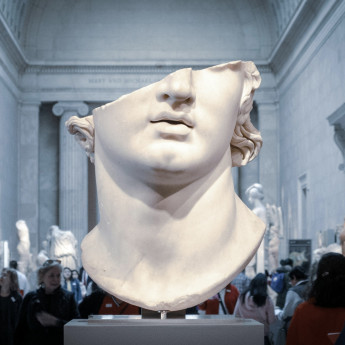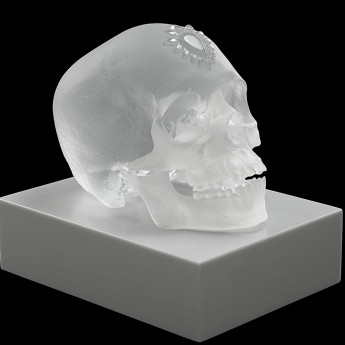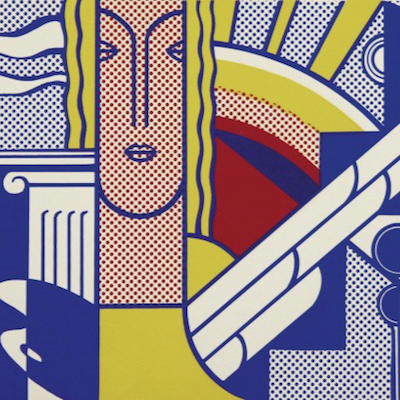
Details
Artist
Styles
Limited edition of 99 silkscreens - Hand signed and numbered by Uecker // Hiob Seite 16 by Günther Uecker is a limited edition silkscreen that explores themes of chaos and emotional intensity through bold, expressive strokes in black ink. This piece, part of Uecker's Hiob series, references the Biblical Book of Job, known for its themes of suffering, resilience, and faith. The dense layering of thick, sweeping brushstrokes creates a sense of turmoil and raw power, with areas of darkness punctuated by subtle highlights where the white paper emerges through the black ink. Uecker’s vigorous technique, often associated with tactile and dynamic qualities, transforms the surface into an emotional landscape, inviting viewers to contemplate hardship and inner strength. Hand-signed and numbered, this print is part of an edition of 99, showcasing Uecker's distinctive approach to abstract expressionism.
Hiob Seite 16
form
Medium
Size
52 x 50 cm
- Inches
- Centimeters
Edition
Price
- USD
- EUR
- GBP
Details
Artist
Styles
Limited edition of 99 silkscreens - Hand signed and numbered by Uecker // Hiob Seite 16 by Günther Uecker is a limited edition silkscreen that explores themes of chaos and emotional intensity through bold, expressive strokes in black ink. This piece, part of Uecker's Hiob series, references the Biblical Book of Job, known for its themes of suffering, resilience, and faith. The dense layering of thick, sweeping brushstrokes creates a sense of turmoil and raw power, with areas of darkness punctuated by subtle highlights where the white paper emerges through the black ink. Uecker’s vigorous technique, often associated with tactile and dynamic qualities, transforms the surface into an emotional landscape, inviting viewers to contemplate hardship and inner strength. Hand-signed and numbered, this print is part of an edition of 99, showcasing Uecker's distinctive approach to abstract expressionism.
- Recently Added
- Price (low-high )
- Price (high-low )
- Year (low-high )
- Year (high-low )
What is late modernism?
Late Modernism refers to the continuation and evolution of Modernist principles in art, architecture, and literature from the mid-20th century into the late 20th century. This movement maintains a focus on form, abstraction, and the rejection of traditional styles, but it often incorporates more complexity and ambiguity compared to early Modernism. Late Modernism explores themes such as alienation, identity, and the fragmentation of reality, reflecting the social and cultural shifts of the post-war period. It is seen in the works of architects like Louis Kahn and artists like Francis Bacon, who pushed the boundaries of Modernism while responding to the changing world around them.







































